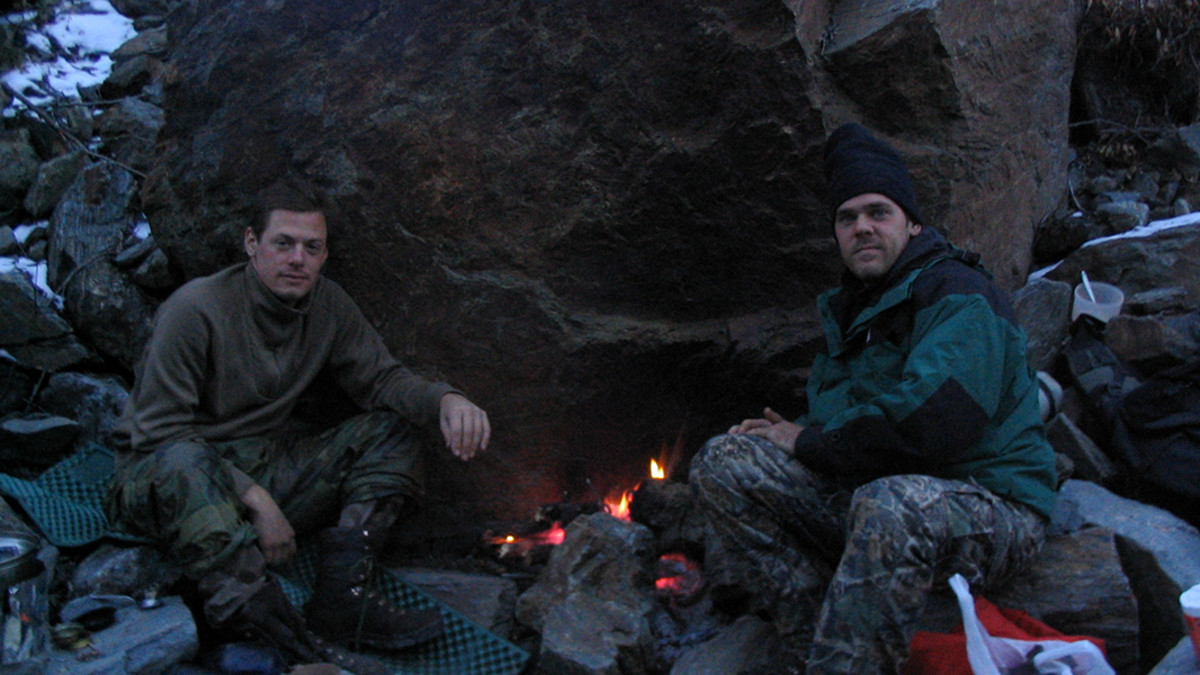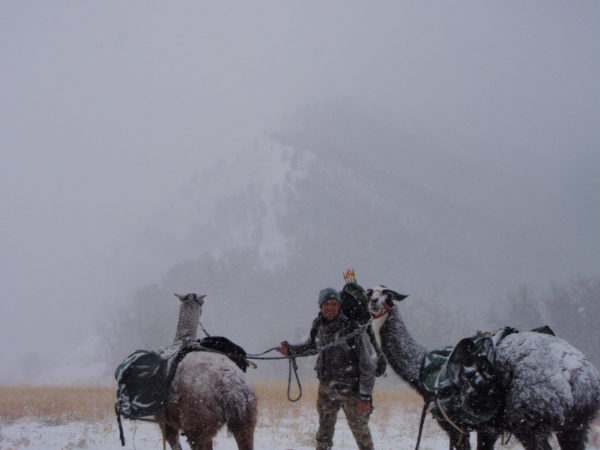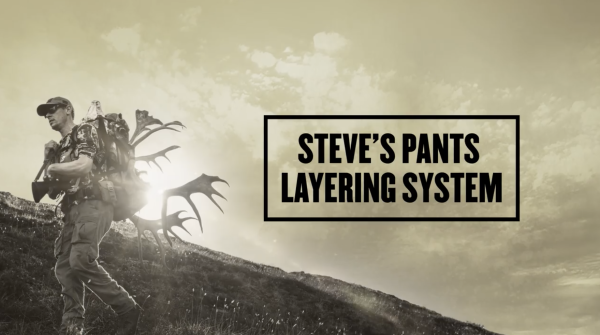
Layering allows you to be prepared for a multitude of conditions, both in terms of what nature serves up and how your body warms and cools during physical activity. By adding and subtracting the right layers, we can stay comfortable in all temperatures without carrying too much weight.
Base Layers
This is where it all starts. This layer, be it polyester or wool, is worn on every excursion. It should only be modified if you’re headed into extreme temperature ranges. I’ll wear my basic merino wool long-sleeve shirt and bottoms from freezing temps up into the 70s. In hotter climates, I’ll trade it out for a short-sleeved merino T-shirt without any over layers or bottoms. In extreme cold conditions, I’ll switch this out for an expedition-weight merino wool base layer.
Insulating Layer
Insulating layers lie between your base layers and outerwear. Common insulating layers would be a merino wool vest Primaloft, down, or similar layers or wool or fleece sweaters. Your insulating layers are where most of the modifications to your layering system should occur. These layers should be avoided or minimized during heavy excursion such as hill climbing because you’ll build up too much heat and start sweating.
Outer Shell Layer
This is your protection from snow, rain, and wind. In dry conditions, wool or nylon-blend pants can be your outer layer. In wet conditions, pull a waterproof but breathable layer over your pants. For upper layers, consider an insulated outer layer with a hood when hunting in temperatures that are consistently cold especially when stationary.
In warmer temps, use a thin, breathable piece of rainwear with a hood and armpit zips that can be opened for increased ventilation. Since nylon hard shells tend to be noisy, the use of a softshell outer layer has become very popular with hunters who rely on stealth.
A typical softshell will have a quieter, brushed-type surface. These shells are water resistant but not waterproof, so a hard shell must come along in your pack. Most softshells can double as an insulating layer, albeit a very light one.
Hats and Gloves
Light wool gloves for concealment or cool mornings; heavier gloves for cold wet conditions; waterproof, lined mittens for extreme conditions. Merino wool face mask for concealment and warmth. A heavier stocking cap and coat hoods for colder temperatures.
Socks
Insist on merino-synthetic blend socks. The merino gives warmth and comfort; the synthetic elements, usually nylon and spandex, give strength and stretch.

Synthetic vs Merino Wool Synthetic
Pros: Dries the fastest of any technical fabric. Durable. Less expensive.
Cons: Stinks, especially on physically active trips; is hard to deodorize; made from plastic, usually a polyester and nylon mix.
Merino Wool
Pros: Dries fairly quickly; minimizes moisture from sweat; high warmth-to-weight ratio; naturally odor resistant; comfortable.
Cons: Not nearly as durable as synthetics; more expensive than synthetics.







Conversation